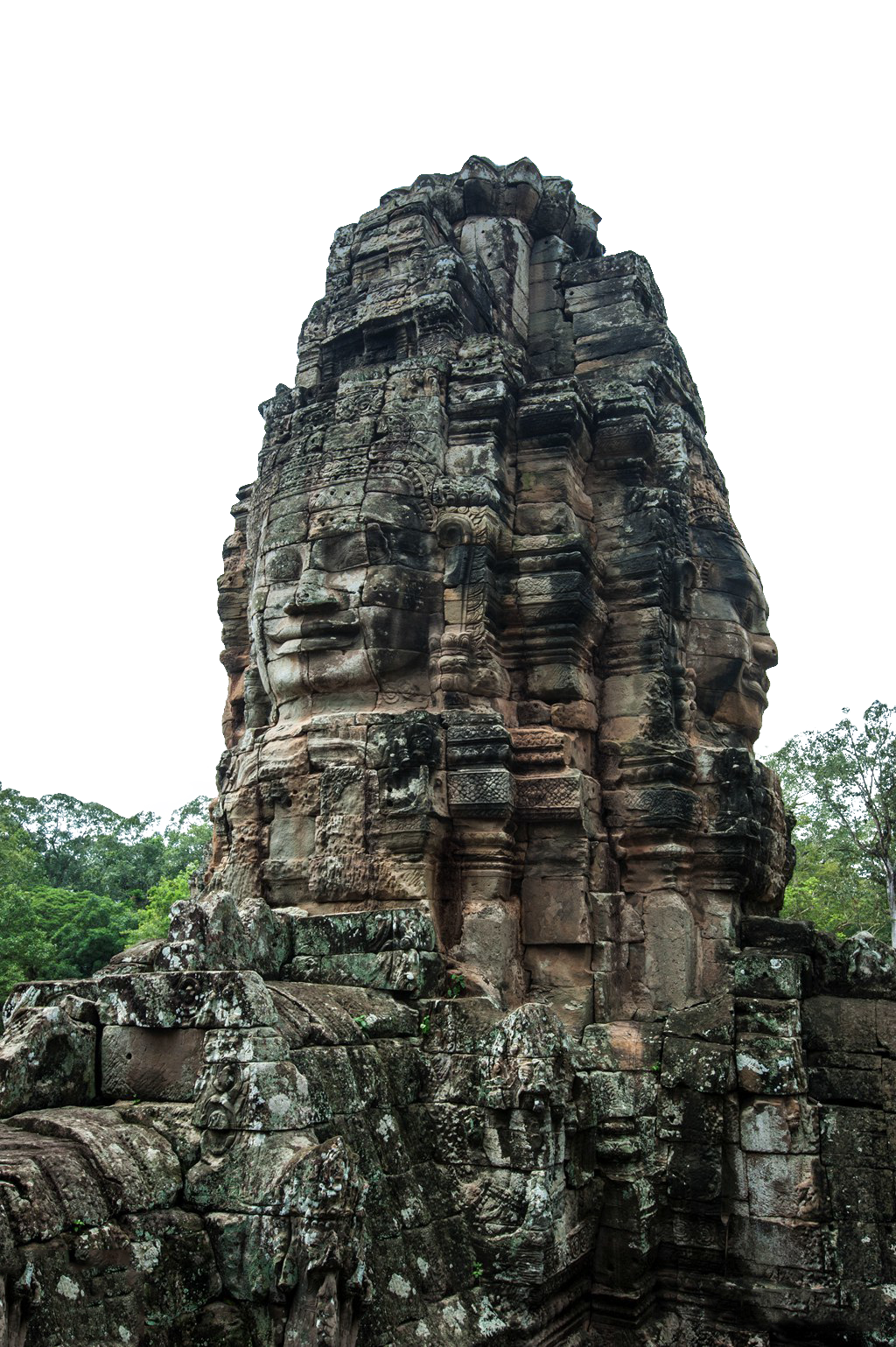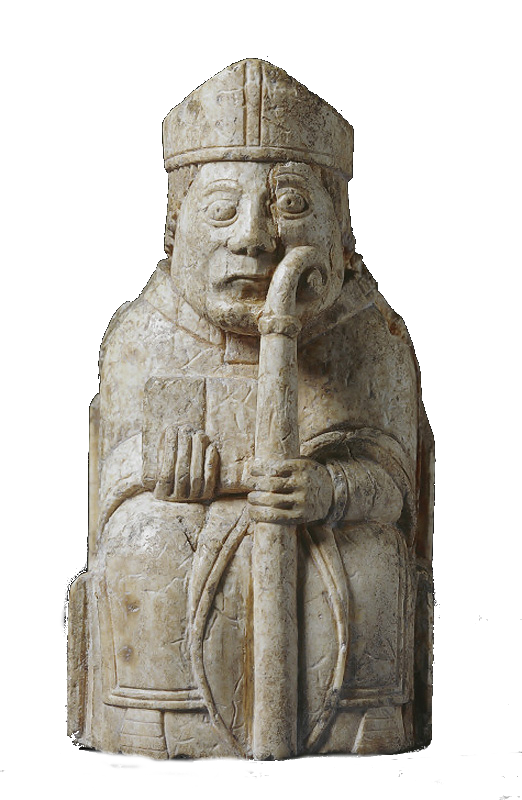This is the best summary I could come up with:
One of the challenges of working with ancient DNA samples is that damage accumulates over time, breaking up the structure of the double helix into ever smaller fragments.
In the samples we've worked with, these fragments scatter and mix with contaminants, making reconstructing a genome a large technical challenge.
Since chromosomes are millions of base pairs long, it was thought that this would inevitably destroy their structure, as many of the fragments would simply diffuse away.
So, they set out to test this using mammoth tissues, obtained from a sample termed YakInf that's roughly 50,000 years old.
The challenge is that the molecular techniques we use to probe chromosomes take place in liquid solutions, where fragments would just drift away from each other in any case.
So, the team focused on an approach termed Hi-C, which specifically preserves information about which bits of DNA were close to each other.
The original article contains 656 words, the summary contains 149 words. Saved 77%. I'm a bot and I'm open source!



